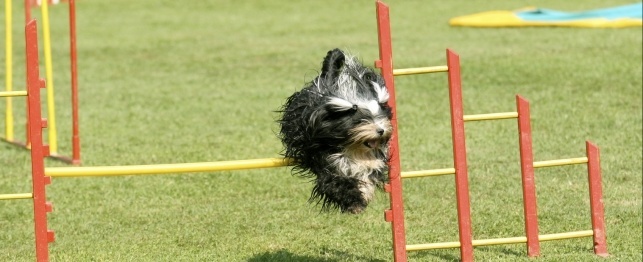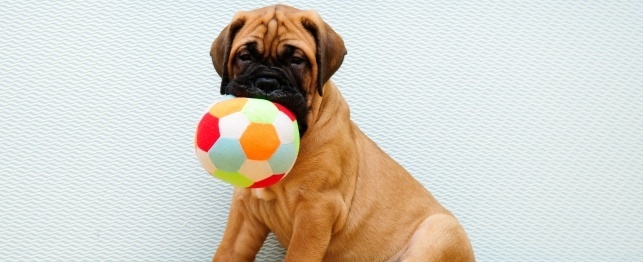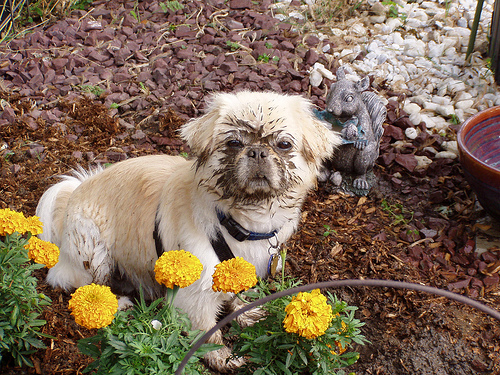Your dog is important to you, but so are your possessions. Unfortunately, he does not appreciate things like you do. If something looks like a tasty chew toy, it will probably get chewed. This article will give you advice on how to prevent your dog from chewing on things.
Remember that more difficult behaviors should be approached in steps. One example of a complex behavior is getting the newspaper. He will first need to learn how to hold onto something. Next, he needs to associate the object with its name. Then he must be taught how to pick the item up. Lastly, he should be taught to bring these items to you. If you make it easy to understand, your dog will better grasp it.
If you have to keep your dogs outside, never tie them up too close to one another. It is possible for the chains to become intertwined, and the animals can be hurt as they try to get free. Becoming wrapped up could also cause death if one of the dogs gets so tangled and wrapped up his airway closes.
Timing is everything in dog training, and you need to make sure you don't overdo it. Start out with a small training session and up the time every day. When your dog loses interest, quit for the day.
You must correct you dog each and every time he misbehaves, as well as reward the dog for correct behavior. Doing this involves setting firm boundaries for acceptable behavior which all family members are willing to enforce. Anytime someone else deviates from what you are teaching, your efforts are less effective.
During the dog training process, take care not to inadvertently reinforce bad behavior. Avoid giving them any rewards they haven't earned. If the dog jumps at you, don't rub it's head.
"Sit" can be taught simply by holding a treat above the dog. Pass that treat over their head so that your hand moves behind them. The dog will look upward in order to see your hand. This behavior is a natural way to get them to sit.
You can try a little bit of ingenuity if you are going with crate training for your indoor dog or puppy. If your dog does not want to go into the crate but one of his favorite toys inside and close the door. This will make the puppy want to be let inside the crate to get the bone. Praise your dog once he gets into the crate.
If you are trying to train a dog with good behavior, avoid using a tight leash. If your dog is on a tight leash, he will naturally pull against it. This is an unwanted response. You need to be aware of how taut your leash is. If it is to short to maintain some slack, get one that is longer.
As mentioned earlier, there are many benefits associated with dog training. When using the advice from the above article properly, you'll see that you can even have fun training your dog. You will both enjoy the time spent together learning as well as the many benefits of working together as a team.

 Agility: an Exciting Dog Sport
Agility: an Exciting Dog Sport
Agility: an Exciting Dog Sport
Agility: an Exciting Dog Sport
 Doggie Day Care
Doggie Day Care
Doggie Day Care
Doggie Day Care
 NILIF Behavioral Shaping For Dogs
Why You Should Consider NILIF
Do you have a stubborn, pushy
NILIF Behavioral Shaping For Dogs
Why You Should Consider NILIF
Do you have a stubborn, pushy
 Dog Dudes: Surfing Dogs
Dog Dudes: Surfing Dogs
Dog Dudes: Surfing Dogs
Dog Dudes: Surfing Dogs
 How To Deal With Dogs That Dig
How To Deal With Dogs That Dig
Digging can be a fr
How To Deal With Dogs That Dig
How To Deal With Dogs That Dig
Digging can be a fr